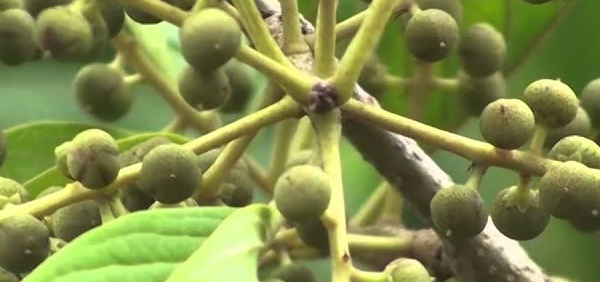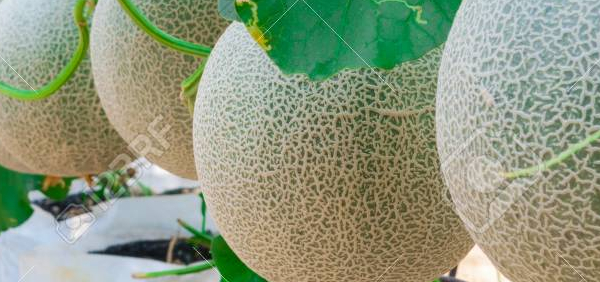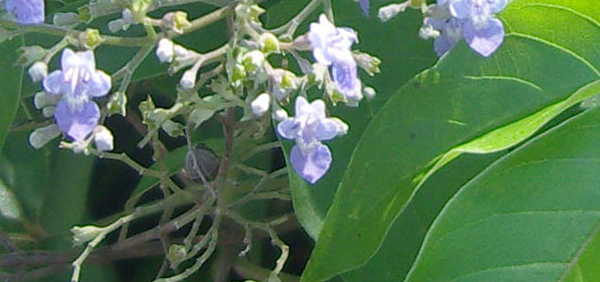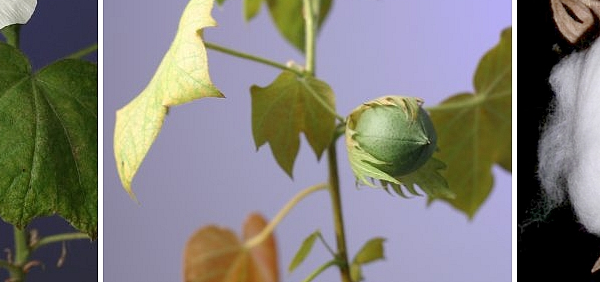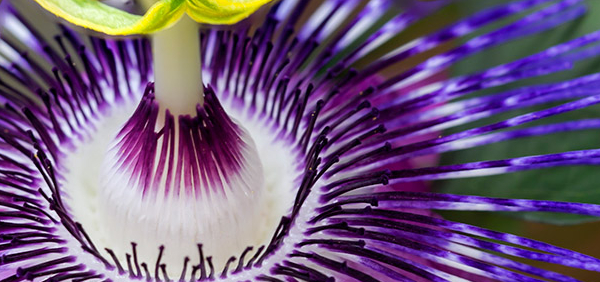vamsalocana :
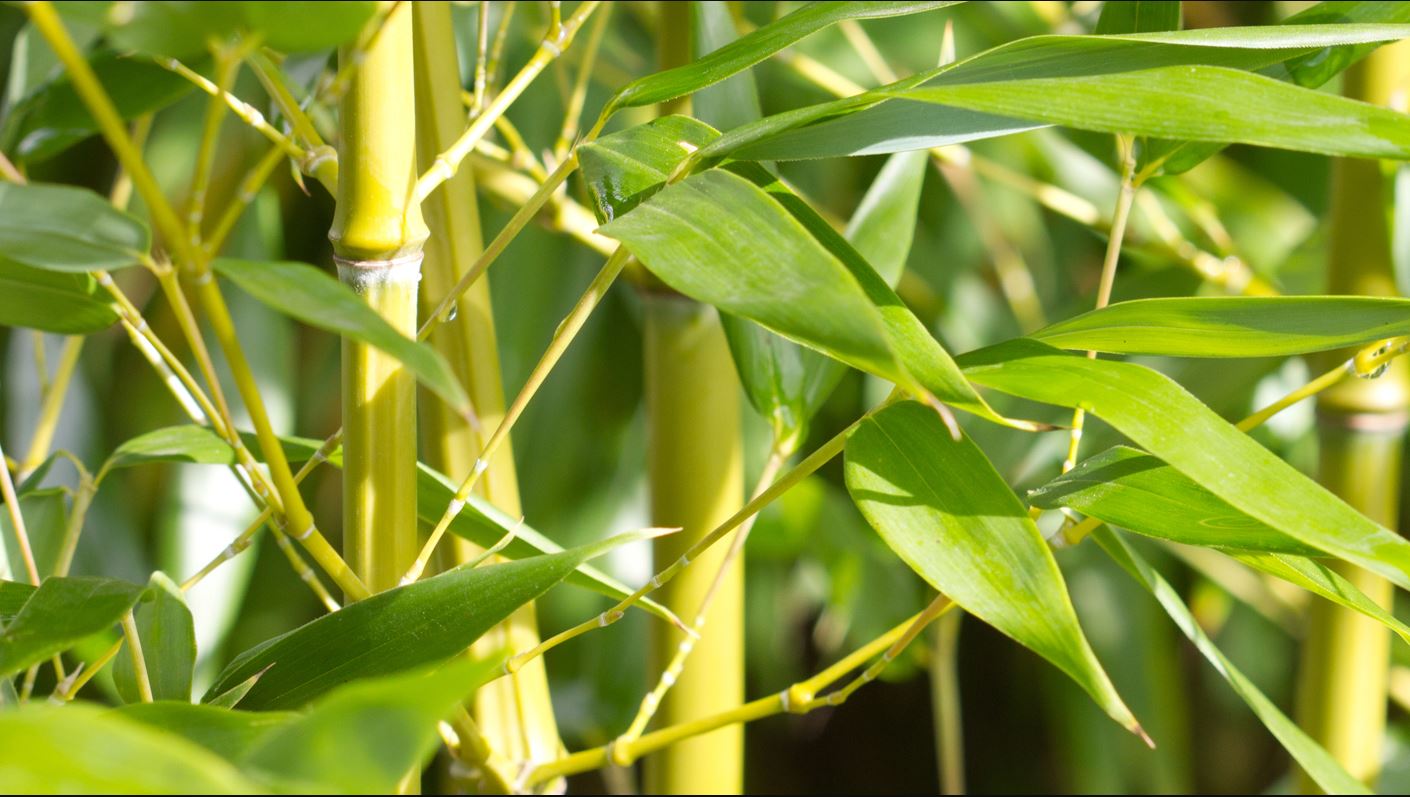
Morphology:
Thorny tree, stems many, tufted on a stout root-stock, grows upto 30 meter high; culms 15-18cm across; nodes prominent, the lower emiting horizontal almost naked shoots armed at the nodes with 2-3 stout recurved spines; internodes upto 45 cm. long. Leaves 17.5 – 20.5 X 2-2.5 cm, linear or linear –lanceolate, tip stiff, glabrous or puberulous beneath, margins scabrous, base cilliate, mid-rib narrow, leaf-sheath ending on a thick callus and shortly bristly auricle. Inflorescence, an enormous panicles often occupying the whole stem. Caryopsis (grain) oblong, 5-8 mm long, grooved on one side. Flowering and Fruiting : Once in life time, often during September – May (Cooke, 1967; Anonymous, 1996; Anonymous, 1988; Bole and Pathak, 1988;Brandis, 1972).
Bamboos characterized by woody, pointed stems, commonly called culms arising from the underground woody jointed rhizomes. Culms are round & smooth. Diameter – few mm to > 30cm. the number of fiber bundles & the manner of their scattering add much to the hardness of the culm. The thickness of the outer shell & the deposit of silica in outer cortical layer also make it very hard.when cums are fresh --- green colour. Ordinarily culms don’t bear any branches to a considerable height. Rhizomes is the pachymorph type., woody in nature, arched slightly, upturned sharply at the tip in manner of a walking stick handle, becoming thick & broad at the end bearing the culms & narrow at the proximate end called neck where it attached to the older rhizoms (Anonymous, 1988; Purohit et a., 2007).
Histology:
Detailed transverse section shows an outer thick walled radially elongated cells of epidermis covered with thin cuticle, traversed with stomata; underneath this lies 2 to 4 rows of thick walled, compactly arranged sclereidal cells of hypodermis followed by wide zone of parenchymatous ground tissue traversed with conjoint collateral vascular bundles of various sizes; -The vascular bundles in the outer region consist of two metaxylems lying side by side with one to two protoxylem rows lying in between them at the lower side and phloem tissue at its opposite side, mostly consisting of phloem parenchyma, the whole being encircled by thin walled fibrous sheath.- The vascular bundles at places, especially those located in the middle region of the ground tissue are associated with a huge bundle of groups of lignified parenchymatous tissue at its lower side adjacent to the vessels which in mature shoot develops into a lysigenous cavity. -The parenchymatous tissues of ground tissue encircling the vascular bundles are thick and beaded walled, and forms a characteristic network throughout.- » Classification and names of vamsalocana
- » Synonyms and definitions of vamsalocana
- » Drug Properties of vamsalocana
- » Chemical Constituents of vamsalocana
- » Standardization of vamsalocana
- » Parts used and Dosage of vamsalocana
- » Morphology and Histology of vamsalocana
- » Distribution and Conservation of vamsalocana
- » Cultivation of vamsalocana
- » vamsalocana in the market
- » Medicinal Uses of vamsalocana
- » Researches and clinical trails of vamsalocana
- » vamsalocana in other sytems of medicine
- » Ayurvedic formulations with vamsalocana
- » Images of vamsalocana




